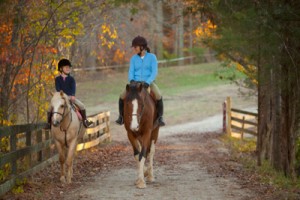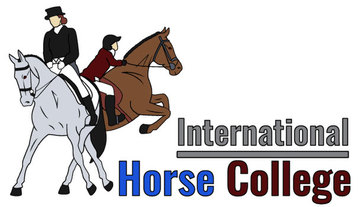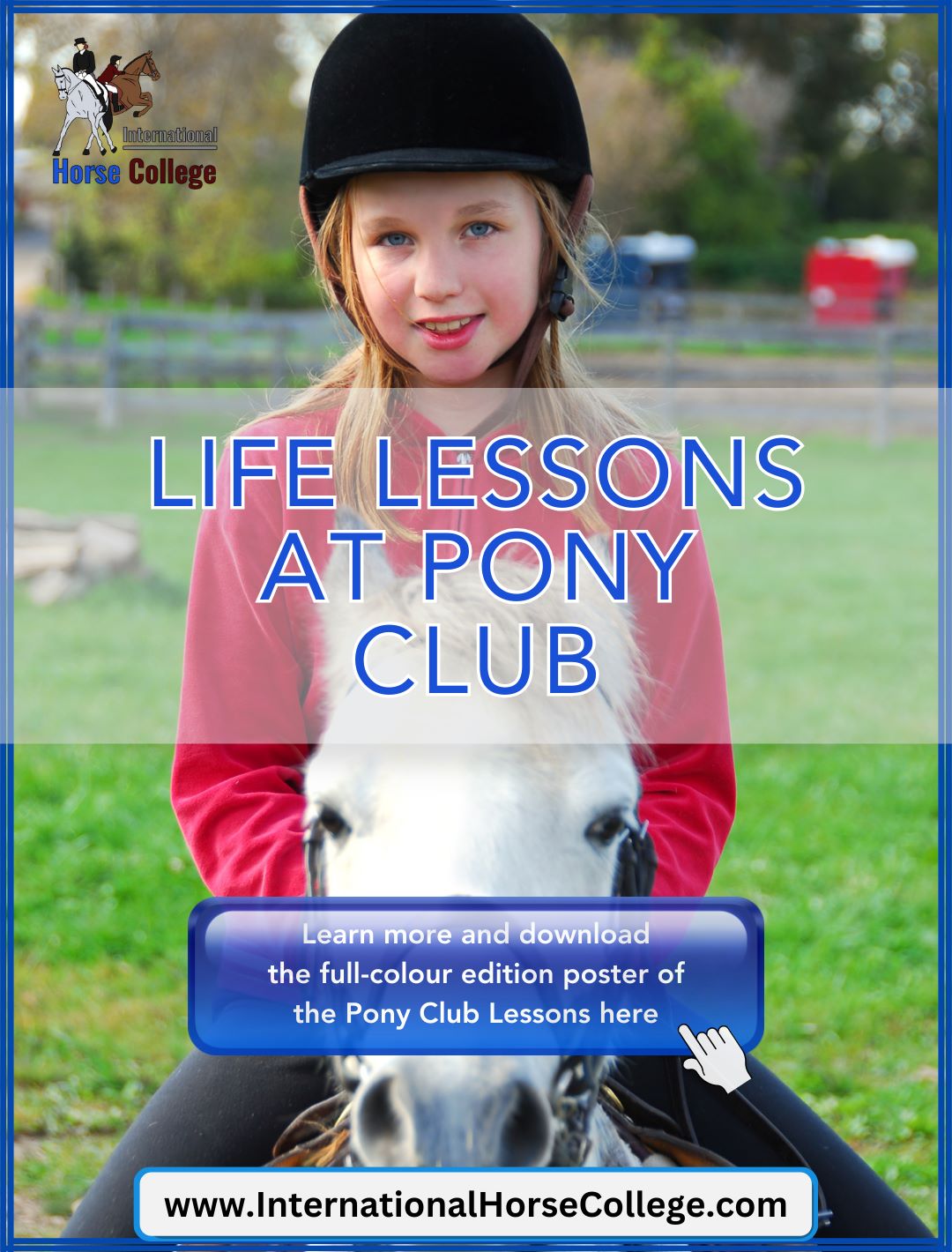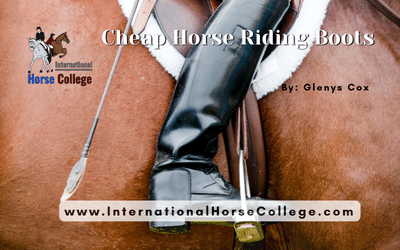 Feedback should be given regularly to horses and riders for them to continually improve. For riders, there are two main forms of verbal feedback.
Feedback should be given regularly to horses and riders for them to continually improve. For riders, there are two main forms of verbal feedback.
– The ‘Sandwich Technique’ where your comments are positive-constructive-positive. An example is “Your leg position has improved and is much stronger, remember to keep your hands still and keep up the good work”
– The ‘What, How, What Now & Why” is the other form of verbal feedback. An example of this method is “When you rise in the trot, open your elbows and when you sit then close them, this will keep your hands more still so then your horse
will be happier without the constant movement in their mouth”
The ‘what, why what now and how’ might be used more in a lesson, whereas the ‘sandwich technique’ may be used as a summary at the end of the lesson, but it really depends on the individual riders ability to receive feedback.
Some riders are only able to receive 10% constructive feedback and will continue to listen only if the remaining 90% is positive feedback.
Other riders are receptive to much more constructive feedback (which must include some positive comments to confirm they are improving their riding skills).
The second group is able to progress much more quickly and master new riding skills far more easily.
As a riding instructor, it is important that you watch for your students feedback (often in the form of body language) so you can monitor your students learning with the type of feedback you are giving.
As a rider, if you are one of the ones who focus on the skills that can be learned from the feedback you are given then you will fall into the second group and your riding skills should continue to improve.
Happy Riding,
Glenys 🙂









